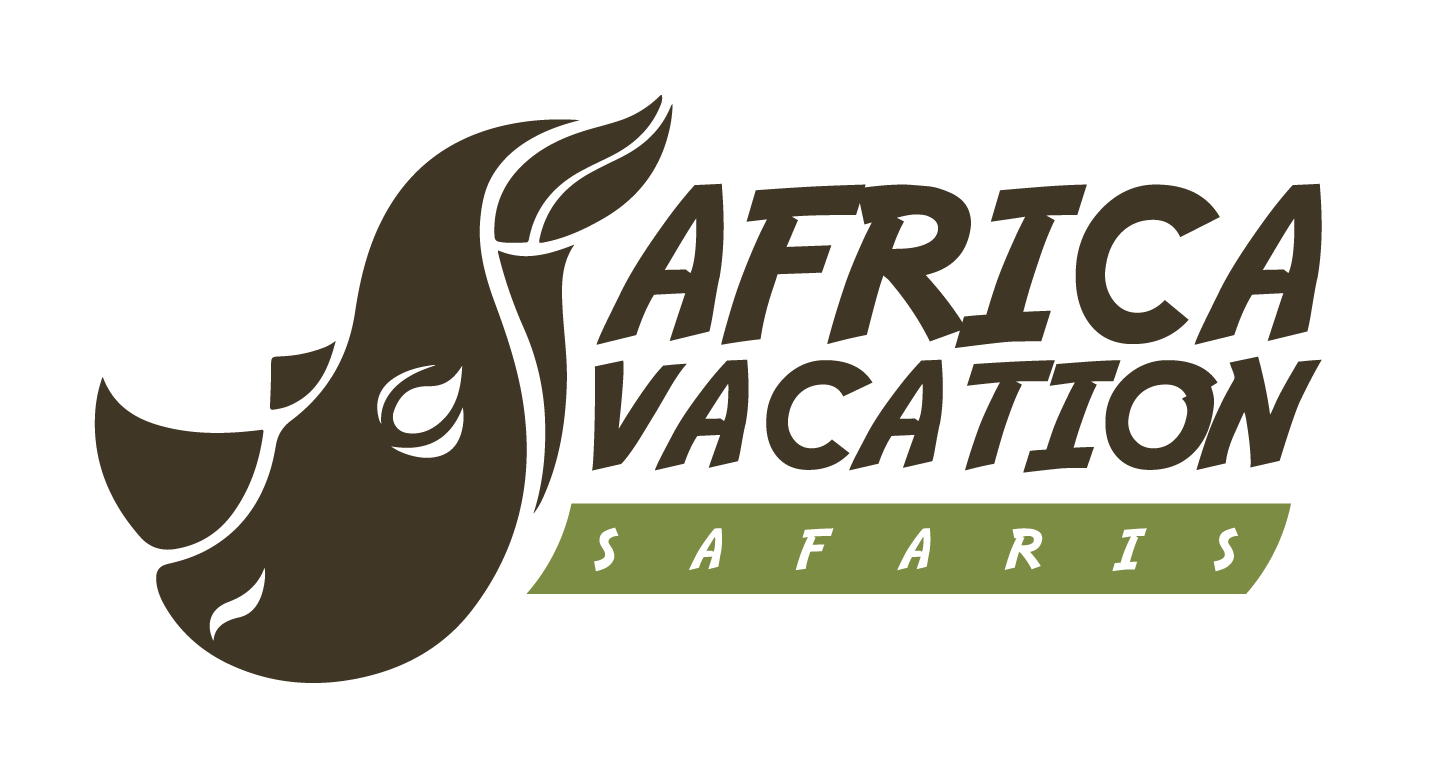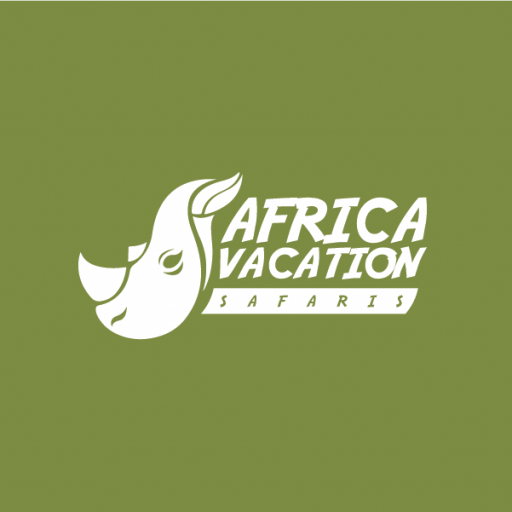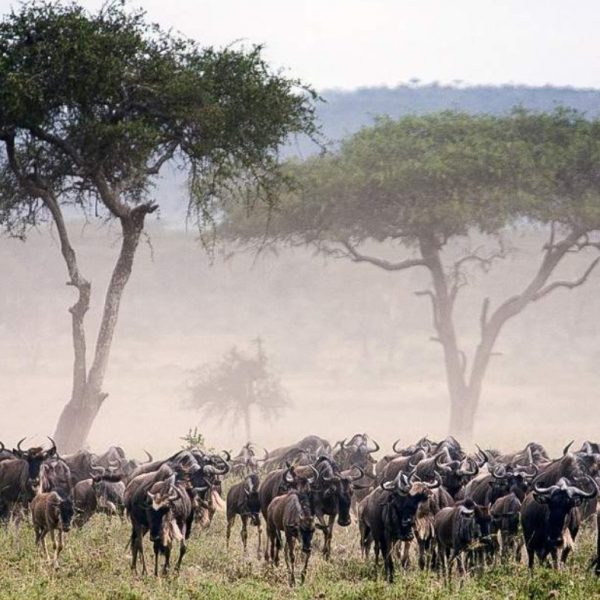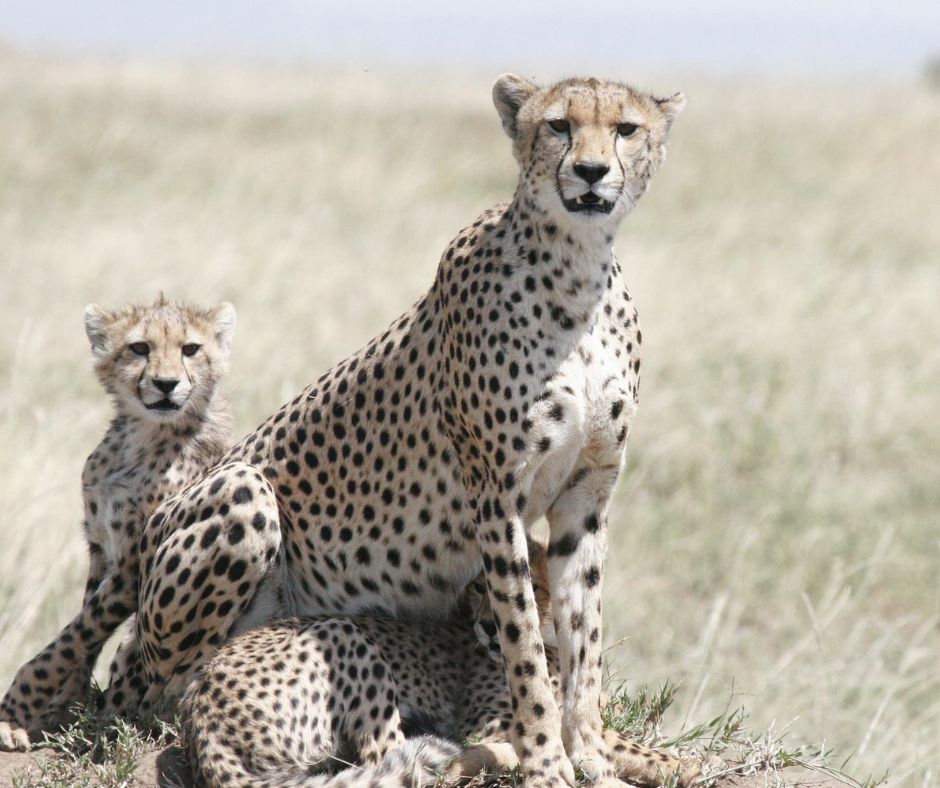Incredible 4 Days Wildebeest Calving Migration Safari
From
Duration
Tour Type
Overview
4 Days Wildebeest Calving Migration Safari – Lake Manyara, Ndutu Area & Ngorongoro Crater.
The Calving Season of the famed Wildebeest Great Migration occurs annually in Tanzania’s Southern Serengeti from approximately mid- to end-January to the end of March.
Lake Manyara NP is a small park at the base of the Rift Valley escarpment. Its groundwater forest offers a nice change of scenery from the more savannah-dominated parks. Although the park is known for tree-climbing lions, big cats aren’t that easily seen. Elephant are prolific and are the main attraction.
Grassy plains studded with granite kopjes extend endlessly across the scenically beautiful Southern Serengeti, which stretches from the bottom of the Central Serengeti to the Ngorongoro Conservation Area and Maswa Game Reserve. It’s one of the best areas to see the animals of the Great Migration: visit between December and May to see the huge herds of wildebeest, zebra and gazelle arriving to calve, and then at the beginning of the dry season making their way northwards again in search of green grass. February is a particularly good month to visit the Southern Serengeti to see thousands of baby wildebeest taking their first steps on the savanna – and being targeted by hungry lion, cheetah and hyena, which are in abundance in the region.
Sited in the Great East African Rift Valley in northern Tanzania, the Ngorongoro Conservation Area includes the wondrous Ngorongoro Crater, home to the densest concentration of wild animals in Africa. Within 260 sq. kilometers (100 sq. miles) of varied micro-climates, over 30,000 mammals, half of them rangy wildebeests and well-rounded zebras, together with their many predators, lordly lions, swift cheetahs, stealthy leopards, opportunist jackals, and skulking hyenas, with a vast cast of smaller mammals and birds, form a compelling destination for wildlife safaris in Tanzania.
The caldera of a two million year old collapsed volcano forms an unbroken, 2000 feet (600 meters) high rim around a natural amphitheater within which the high drama of predator and prey is enacted on a grand canvas. The Ngorongoro Conservation Area is also part of the Serengeti ecosystem but was separated from the Serengeti National Park in 1959, intending to enable the harmonious co-existence of man and his wildlife neighbors.
Included/Exclude
- Transport on 4x4 Safari Cruisers
- Park fees
- Accommodation as stipulated in the tour program
- Meals as as stipulated in the tour program
- Services of an English speaking guide
- Game drives
- Tips
- Items of personal nature
- Anything not mentioned
Tour Plan
Related Tours
- Quality5
- Location5
- Amenities5
- Services5
- Price5





